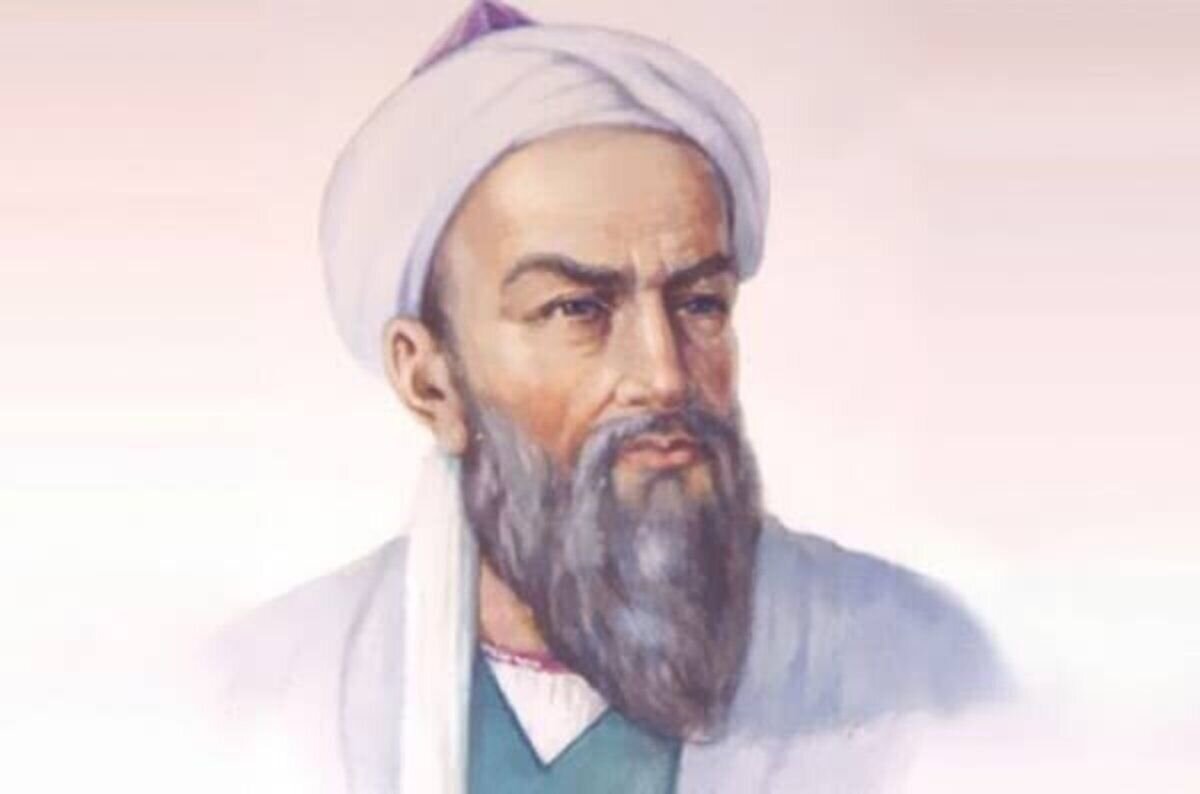Human sciences owe a lot to Al-Biruni, the great Iranian polymath

TEHRAN - September marks the birthday of one of Iran's most distinguished scientific figures, Abu Rayhan Biruni (Al-Biruni), who made significant contributions to the advancement of human sciences.
Born on September 4, 973 AD, Al-Biruni was also an ethnographer, anthropologist, historian, and geographer. He became the most original polymath the Islamic world had ever known.
As the name suggests, he was born in Beruniy, a small city in Uzbekistan in Western Central Asia which was part of Iran in the past.
Historically, Beruniy was known as Kath and served as the capital of Khwarazm. It is located on the northern bank of the Amu Darya near Uzbekistan's border with Turkmenistan.
Khwarazm is a large oasis region that was the center of the Iranian Khwarazmian civilization, and a series of kingdoms such as the Khwarazmian dynasty and the Afrighid dynasty.
Today Khwarazm belongs partly to Uzbekistan and partly to Turkmenistan.
Al-Biruni spent the first twenty-five years of his life in Khwarezm where he studied Islamic jurisprudence, theology, grammar, mathematics, astronomy, medicine, and philosophy and dabbled not only in the field of physics but also in most of the other sciences.
At a young age, Al-Biruni left his hometown for Bukhara, then under the Samanid ruler Mansur II the son of Nuh. And he wandered around Iran and Uzbekistan.
Then, after Mahmud of Ghazni, or Mahmud Ghaznavi conquered the emirate of Bukhara, he moved to Ghazni, a town in today’s Afghanistan, which served as the capital of the Ghaznavid dynasty.
Al-Biruni is most commonly known for his close association with Mahmud Ghaznavi, and his son Sultan Masood.
In 1017, most scholars from different parts of the then Iran, including Al-Biruni, were taken to Ghazni, the capital of the Ghaznavid dynasty. Al-Biruni was made court astrologer and accompanied Mahmud on his invasions into India, living there for a few years.
He was forty-four years old when he went on the journey with Mahmud of Ghazni. Al-Biruni became acquainted with all things related to India. During this time he wrote his study of India, finishing it around 1030. Along with his writing, Al-Biruni also made sure to extend his study to science while on expeditions.
He sought to find a method to measure the height of the sun and created a makeshift quadrant for that purpose. Al-Biruni was able to make much progress in his studies over the frequent travels that he went on throughout the lands of India.
Al-Biruni traveled to many places in India for over 20 years and studied Hindu philosophy, Mathematics, Geography, and religion from the Pundits. In return, he taught them Greek and Muslim sciences and philosophy.
He never exploited his work as a means to achieve fame, authority, or material gains.
When Sultan Masood sent him three camel-loads of silver coins in appreciation of his encyclopedic work “Al-Qanoon al-Masoodi,” (The Mas’udi Canon), Al-Biruni politely returned the royal gift saying, “I serve knowledge for the sake of knowledge and not for money.”
Abu Rayhan Al-Biruni has been variously considered the "Founder of Indology", "Father of Comparative Religion", "Father of modern geodesy", and the first anthropologist.
In 1957, Kath was renamed "Beruniy" in honor of the medieval scholar and polymath Al-Biruni who was born and raised in the town in 973 and died c. 1052, in Ghazna, Afghanistan.
The top scholar wrote tens of books, most of which were on astronomical and mathematical subjects. His book on Indian culture is by far the most important of his encyclopedic works.
Listing his works is relatively easy, for he himself produced an index of his works up to when he was about 60 years old. However, he lived well into his seventies, and, since some of his surviving works are not mentioned in this index, the index is a partial list at best.
Adding all the titles in the index, as well as those found later, brings his total production to 146 titles, each averaging about 90 folios. Almost half of the titles were on astronomical and mathematical subjects. Only a minuscule number of his output, 22 titles, has survived, and only about half of that has been published.
On the occasion of Al-Biruni’s birthday, the Iranian Embassy in the UK in a message praised the contributions made by him to the advancement of human sciences.
"During the Islamic Golden Age, Iranians made significant contributions to the advancement of human sciences, with Biruni as a prominent example," the Iranian Embassy in the UK wrote on its X account on Friday.
He is often compared to Galileo, Aristotle, and Da Vinci for his expertise across various fields of knowledge, the message reads.
"Centuries after his passing, his legacy endures not only through his scientific contributions but also as a cultural link between Iran, Uzbekistan, and Afghanistan," it added.
"This is because he was born in what is now Uzbekistan, then part of Iran, and was buried in present-day Afghanistan, also part of Iranian territory at the time," the embassy noted.
MT/MG
